
Was Sweden more successful?
KARSTEN MONTAG, 15. August 2021, 0 Kommentare, PDFNote: This article ist also available in German.
One of the most vehement supporters of Sweden’s approach to COVID-19 is Professor Johan Giesecke. He served as state epidemiologist of Sweden from 1995 to 2005 and subsequently as Chief Scientist at the European Centre for Disease Prevention and Control (ECDC) until 2014. He is a member of the Strategic and Technical Advisory Group for Infectious Hazards of the World Health Organization (WHO) and also works as an advisor to the Public Health Agency of Sweden during the COVID-19 pandemic. At the beginning of the pandemic, Giesecke made several predictions about the future development of COVID-19. Today, a little over one year later, his statements can be reviewed using current data.
In contrast to all other EU countries, there has been no lockdown in Sweden so far. There was no obligatory wearing of face masks, schools and public institutions remained mainly open. There are no negative tests or proof of vaccination required to participate in public life. Depending on the number of positive test cases, the number of participants of public events and social gatherings was limited, and restaurants were subject to different limitations, but not closed. The supreme Swedish health authority only recommended mostly preventive measures to its fellow citizens.
In several interviews in April 2020, Giesecke pointed out that there are only two measures in fighting epidemics that are based on a scientific basis: washing hands and keeping social distance. Giesecke condemns school and border closings, the wearing of masks and voluntary indoor quarantine, as the risk of infection is higher there than outdoors. None of these measures are evidence-based, he said. He accuses governments that order non-evidence-based measures to blind people with useless symbolic politics.

Johan Giesecke in April 2020
In addition, he made the following specific predictions in the interviews:
-
- Lockdowns can only reduce mortality in the short term and postpone it into the future. The bottom line is that, in the end, in countries with lockdowns as many people will die as in Sweden.
-
- The death rate of COVID-19 will be between 0.1 and 0.2 percent, and perhaps only slightly higher than that of the annual influenza.
-
- The fight against the spread of the disease is pointless. Despite strict measures, the virus will spread around the world.
-
- Countries that forcibly shut down public life will suffer from greater economic losses than Sweden.
-
- In Western democracies, people will resist recurring lockdowns.
Is Sweden a failure?
Recently, influential media have repeatedly claimed that the Swedish strategy has failed because the country’s COVID-19 figures are much worse than those of its Scandinavian neighbours. Comparing the official COVID-19 deaths per million people in the period from the first week in 2020 to the 27th week in 2021, Sweden is actually far behind its neighbours and also behind Germany.

Figure 1: Illustration by the author, data sources: Eurostat, WHO Coronavirus Dashboard
COVID-19 deaths are usually classified by tests. This way of determining the number of deaths caused by a pandemic is completely new and can not necessarily be considered a standard. In the past, due to the lack of extensive laboratory tests to determine the victims of a flu epidemic, excess mortality from total deaths was used to identify the number of fatalities related to the disease. Using the standard method and comparing the total number of deaths per million people of the countries for the same period of time, the picture turns out to be completely different.

Figure 2: Illustration by the author, data source: Eurostat
In this case, Sweden ranks second behind Norway, and Germany brings up the rear when comparing these five countries. Since these countries have a different age structure, it’s only fair to compare age groups. But even then the results are surprising. In the age group under 60 years, Sweden has the lowest death rate in relation to its Scandinavian neighbours and Germany.

Figure 3: Illustration by the author, data source: Eurostat
And in the age group of 60 years and older, Sweden is only just behind Finland in third place and well ahead of Germany.
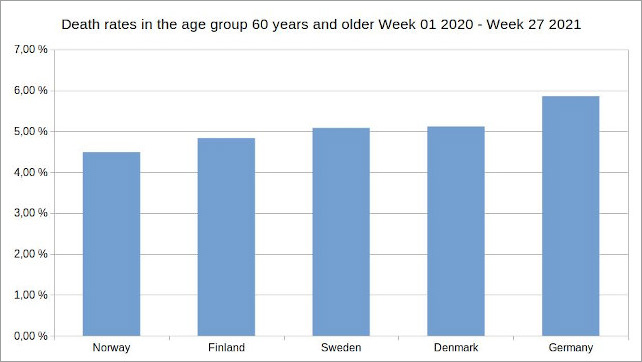
Figure 4: Illustration by the author, data source: Eurostat
The wide gap between the comparison of the official COVID-19 victims and the total number of deaths allows only two logical conclusions. Either significantly more people in Norway, Denmark, Finland and Germany have died of causes other than the pandemic, for example the consequences of the measures, or the determination of COVID-19 victims based on laboratory tests is flawed with major errors and is carried out differently by Country to country. At least one can say that comparing only the official number of COVID-19 victims is not suitable for evaluating a country's corona strategy.
Giesecke, who predicted at the beginning of the pandemic that in the end as many people will die in the countries with lockdowns as in Sweden, however, was clearly right in retrospect a little over a year later.
Different estimates of mortality
Regarding the mortality from diseases, there are two indicators, the case fatality rate (CFR) and the infection fatality rate (IFR), which must be distinguished. The CFR shows the proportion of confirmed deaths related to the number of all confirmed cases. The IFR, on the other hand, shows the proportion of confirmed deaths related to the number of all infections. Not every infection is a confirmed case, since many infections of both influenza and COVID-19 are harmless and are not confirmed by a test. The number of all infections of these diseases is therefore significantly higher than that of the confirmed cases, and the IFR is thus significantly lower than the CFR.
When comparing the IFR of COVID-19 to the one of influenza, there are a few key issues to consider:
- In the past, the IFR of influenza was determined using excess mortality, and a rough estimate of the number of all infections. However, this method bears major sources of error:
(1) To determine excess mortality, only the difference in absolute deaths is calculated and demographic changes such as a significant increase of the age group of people over 80 years are not taken into account. As a result, deaths due to old-age diseases can be misinterpreted as influenza deaths.
(2) The number of infected people is projected at 5 to 20 percent of the population. Depending on which figure is used to determine the number of infected people, the IFR changes significantly. For instance, according to the German health authority, 25,100 people in Germany died of influenza in the 2017/18 flu season. Thus, the IFR during this period was between 0.15 and 0.61 percent.
- Due to the widespread testing since the beginning of COVID-19 as well as large seroprevalence studies in which the formation of antibodies against the disease was determined in the participants, there are studies based on these figures for calculating the IFR from COVID-19. But this method also bears great potential for errors:
(1) As already mentioned, it is possible that the method of counting COVID-19 deaths may be flawed. In Germany, it is probably grossly incorrect, as the official number of victims differs significantly from the excess mortality, taking demographic changes into account.
(2) The analysis of the spread of the disease by means of seroprevalence studies proves to be problematic, since apparently only some of the infected develop antibodies and the others still survive the disease and become immune, as Professor Giesecke states in an article in the medical journal The Lancet. A German study comes to a similar conclusion, and recommends that assessing immunity for SARS-CoV-2 infection should not rely on antibody tests alone.
The 2018/19 and 2019/20 flu seasons were very mild. It was therefore to be expected that a more severe flu or influenza-like illness such as COVID-19 would claim more deaths in the following flu season than after a more severe flu epidemic the previous year.
The way of living conditions and also the economic situation in the countries with lockdowns have changed, in some cases drastically, during the last two flu seasons. In particular, old people and people who were already very close to death were separated from their relatives for weeks in nursing homes or sometimes cared for poorly due to a lack of staff. In addition, the lockdowns have led to relatively large economic losses. It is therefore not clear to what extent the measures reduced mortality or how many people were killed by the measures themselves.
Against this background, all studies and meta-studies to determine the IFR from COVID-19 and their comparison with influenza must be viewed critically, because the data on the number of victims and the spread of infection are based on rough estimates and projections as well as different and, in the case of COVID-19, new methods that have not been tried and tested for a long time.
An evaluation of seroprevalence studies from different countries by the renowned epidemiologist and statistician Professor John Ioannidis from Stanford University in March 2021 found a global average IFR of 0.15 percent and probably 1.5 to 2 billion infections. In Germany, this would roughly correspond to the lower value of a severe flu epidemic (where 20 percent of the population is infected) and thus confirm Giesecke's prediction.
The German virologist Christian Drosten, on the other hand, referred in a podcast on September 29, 2020 to a meta study that determined an IFR of 0.8 percent in the USA. Compared to the average IFR of influenza of 0.05 percent, the infection mortality rate from COVID-19 should thus be 16 times higher. Since the German population is older than the American, Drosten concludes an IFR from COVID-19 in Germany of around one percent. It should be mentioned, however, that this figure is a rough assessment by the German scientist. Drosten said in the podcast that he did not calculate it, but only did a rough estimate, since he is not a demographer. Despite these inadequacies, his IFR figure for Germany can be found three times among the first five hits in a Google search with the keywords "Infektionssterblichkeit COVID 19" (as of August 04, 2021).
Since the results of the studies and estimates of the IFR from COVID-19 differ so widely and the comparison between influenza and SARS-CoV-2 is proving to be difficult, it is appropriate to use other methods to assess the mortality of COVID-19. A comparison of the absolute numbers of deaths in Sweden during flu seasons, which last from the 40th calendar week to the 20th calendar week of the following year, shows that they fluctuated largely and were higher in the 2019/20 and 2020/21 flu seasons than in most of the corresponding periods before.
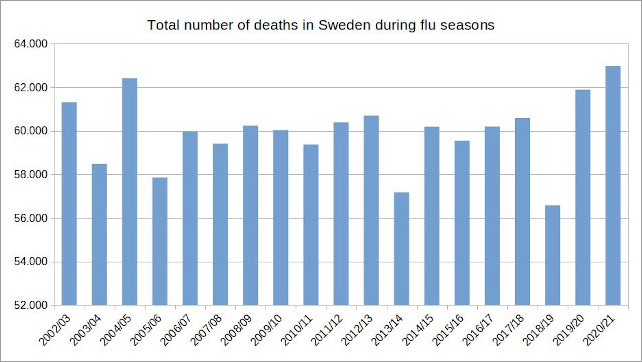
Figure 5: Illustration by the author, data source: Eurostat
Since, as in many other western countries, demographic changes are taking place in Sweden and the age group of people over 60 is growing steadily, a comparison of age specific death rates, i.e. the proportion of deceased in an age group in relation to the size of the population in that age group, is more suitable to understand the evolution of mortality. Visualizing these figures, it is obvious that there have been no worrying developments since the beginning of the COVID-19 pandemic in Sweden, neither in the age group under 60 years nor in the age group of people aged 60 years and older.
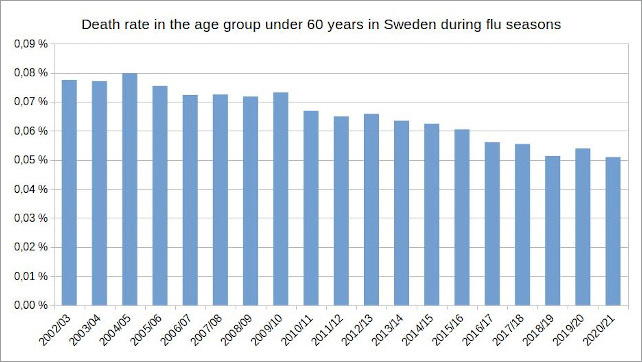
Figure 6: Illustration by the author, data source: Eurostat
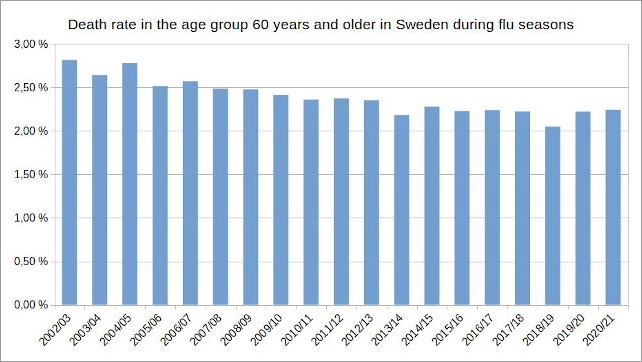
Figure 7: Illustration by the author, data source: Eurostat
At least for Sweden, a country that has so far overcome the corona crisis without lockdowns and obligatory mask wearing, Giesecke was also right regarding the IFR from SARS-CoV-2. Due to the comparisons to death rates in previous years, it cannot be significantly higher than that of influenza. Higher absolute death numbers can also be assigned rather to demographic changes than to higher mortality from influenza or COVID-19.
The course of death waves resulting from COVID-19 is similar to that of severe influenza waves in the 20th century
Many countries that had, compared to Spain, Italy, France and the United Kingdom, a relatively low excess mortality rate in spring 2020 and explained this by the successful implementation of their measures, had to realize in winter 2020/21 that even a more severe form of contact restrictions, curfews as well as school and business closings could not prevent more people from becoming infected with the pathogen and, in extreme cases, from dying from it. This effect can be clearly seen in the neighbouring countries Germany and France as well as Spain and Portugal.
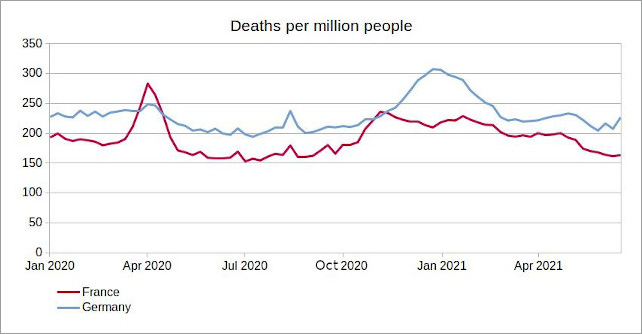
Figure 8: Illustration by the author, data source: Eurostat
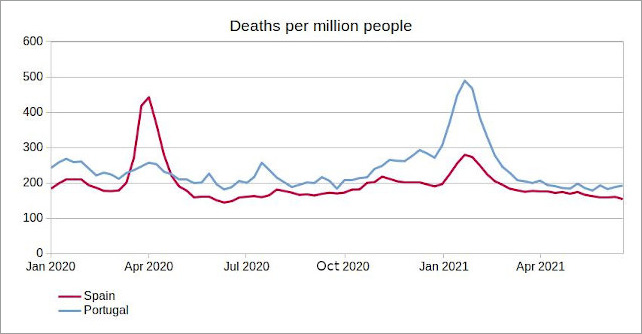
Figure 9: Illustration by the author, data source: Eurostat
While France and Spain suffered from high mortality numbers in spring 2020 compared to their respective neighbouring countries Germany and Portugal, the opposite picture could be seen in winter 2020/21. Obviously, the virus does not seem to be particularly impressed by measures such as lockdowns and mandatory mask wearing, but rather shows a course in its spread that could also be observed during severe influenza waves in the 20th century. After one to a maximum of two high excess mortality wave amplitudes, the number of deaths decreased significantly during flu seasons that followed.
Giesecke's prediction considering the spread of the virus regardless of the respective measures has apparently also been confirmed.
Sweden's economic losses are less than the average in the EU
With the exception of Ireland, all other EU countries as well as the UK suffered from an economic depression in 2020. However, at -3.5 percent, Sweden's losses are almost half as high as the average of -6.3 percent in the EU and significantly lower than in most of the EU countries.

Figure 10: Illustration by the author, data source: World Bank (click here for a larger display)
This prophecy by Giesecke has also come true for most EU countries. In comparison with its EU neighbours, Sweden is on a par with Denmark and Finland.
Protests in many countries
While the government in Sweden has almost completely abandoned the comparatively minor restrictions on public life by the summer of 2021 and people without a vaccination against SARS-CoV-2 experience no discrimination, Germans are still obliged to wear masks in closed public spaces, and German politicians threaten unvaccinated people with far-reaching consequences if they continue to refuse to be vaccinated. And while in Sweden a lockdown remains unlikely despite significantly higher incidence figures than in Germany, the Germans have to expect further school and business closings as well as curfews by autumn 2021.
In Germany, the resistance against measures which are lacking scientific evidence has led to the largest demonstrations since the end of the Cold War. Police violence during the process of stopping the protests, which were previously prohibited for reasons that were difficult to comprehend, prompted the UN Special Rapporteur Nils Melzer to warn the German government and the police not to treat the people as an enemy. He has also announced that he will demand a statement from the German government on the more than one hundred testimonies of disproportionate police violence during the protests on August 1, 2021 in Berlin.
On August 7th, protests with a total of around 230,000 participants took place in France due to the planned exclusion of unvaccinated, untested or not convalescent people from public life. There were also demonstrations against stricter corona measurements in Italy. In western democracies, a large number of people are protesting against the planned permanent restrictions on fundamental rights. In this case too, the Swedish epidemiologist was right.
Where Giesecke was wrong
When asked in an interview with the Austrian magazine Addendum in April 2020 how he thinks the pandemic would develop in the future, Giesecke replied that the whole thing would be largely over in one year. For Sweden, which limited its measures mostly to recommendations addressed to the population during the corona crisis, this prediction may have been right. However, due to the lockdown strategy and the threat or even implementation of compulsory vaccinations in Germany and other countries, the measures are likely to remain a topic of political debate for years to come and continue to divide society.
Regarding the comparisons of the number of deaths and fatality rates presented in this article, it is surprising, if not absurd, that both the German and international media as well as the Swedish King Carl Gustav claim that the Swedish strategy in dealing with the coronavirus has failed. The opposite is the case.
The country has impressively shown how the corona crisis can be successfully overcome without massively restricting basic democratic rights and without permanently dividing society. Because of its strategy, Sweden should be the model by which all other countries can be measured. It is economically better off than most of the European member states, has significantly lower deaths per million people than most other EU countries and its society is not facing an internal ordeal due to mass protests against the measures.
About the author: Karsten Montag, born in 1968, studied mechanical engineering at the RWTH Aachen, philosophy, history and physics at the University of Cologne, and educational sciences in Hagen. For many years, he was an employee of a management consulting firm with close ties to the trade unions, and most recently department and project manager in a software company that produced and distributed an energy data management and billing system for energy trading.
Further reading:
- Expectable Fatalities and Hospital Admissions Are Dramatized as COVID-19 Emergency (Karsten Montag, 24.5.2021)


Diskussion
0 Kommentare